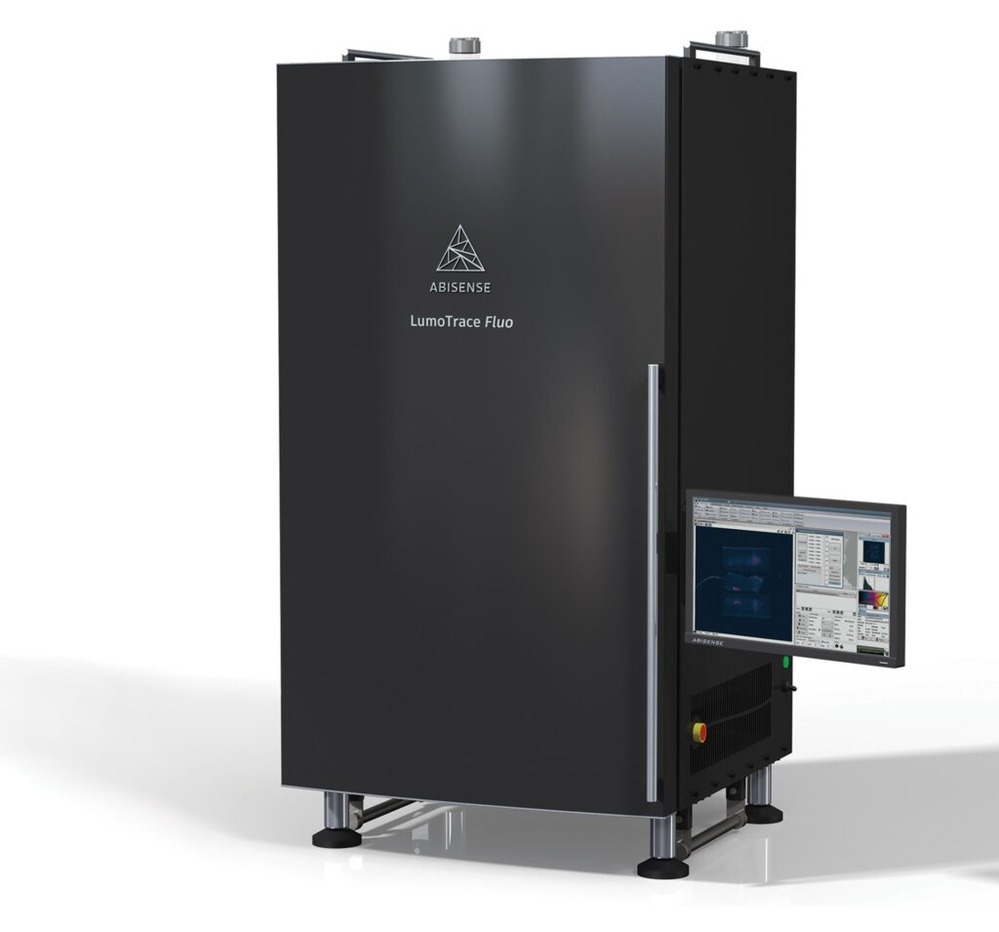Catalog
Accessories
358 products
View:
- Selected: 0Areas of use
- Selected: 0Item names
- Selected: 0Manufacturer
- Selected: 0Made in
- Selected: 0Additional
View:
358 products
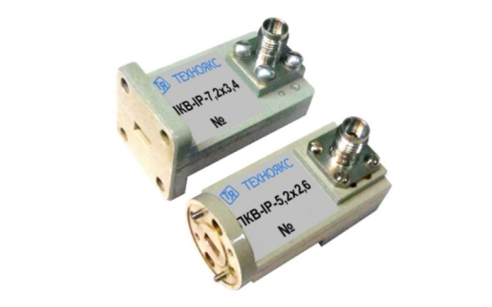
PKV-IB-5,2×2,6
Basic properties
Wide frequency range;
Small VSWR values.
Operating conditions
Operating temperature range from minus 10 to 50 ° C;
The relative humidity of the air is up to 98% at a temperature of 25 ° C.
Technical specifications
Waveguide cross section, mm 5.2×2.6
Type of coaxial connector (according to GOST RV 51914-2002) IB
Frequency range, GHz 37.50-50.00
VSWR 1.45
TEKHNOYAKS
Moscow
Produced in: Moscow
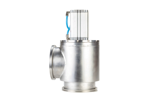
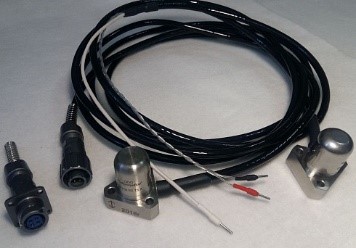
Vibration velocity sensors with current output DVST-4
Vibration velocity sensors with a current output DVST-4 are designed to convert the RMS value of the vibration velocity of an object into a standard current signal of 4-20 mA.
VIBROPRIBOR
Yaroslavl
Produced in: Yaroslavl
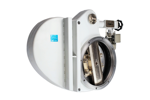
2ZVE-400R Electromechanical vacuum shutter with gearbox
The 2ZVE-400R vacuum shutter with electromechanical drive equipped with 400mm conditional passages is designed to overlap vacuum systems in the range of operating pressures from 1x10-6 to 1.07x105 Pa (0.75x10–8 to 800 mm Hg). The 2ZVE-400R shutter is pendulum-type.
The 23VE-400R shutter is manufactured in climatic versions UHL (i.e. for moderate and cold climate) and O (i.e. general) 4 according to GOST standard 15150-69. The working environment is air and non–aggressive gases. It is not intended for use in fire hazardous and explosive industries. The 23VE-400R shutter meets the requirements of technical specifications TU 3648-040-00218526-2003. According to the method of protecting a person from electric shock, it belongs to Class I electrical equipment according to GOST 12.2.007.0-75.
Vakuummash
Kazan
Produced in: Kazan
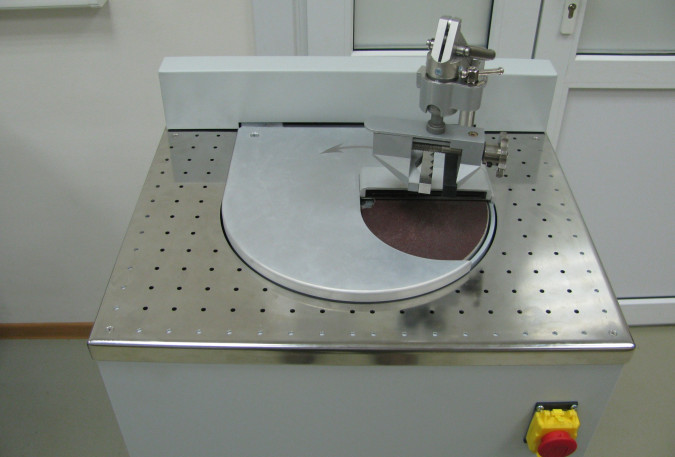
Device for preparation of metal samples
A device for preparing metal samples for spectral analysis.
For the preparation of metal samples, an emery cloth or paper with a given size and abrasive material is used.
The rotation speed is 1500 revolutions per minute.
A quick stop of the motor is provided by an automatic control unit.
There is a version in a housing made of composite materials with two discs, each can have its own type of abrasive.
VMK OPTOELEKTRONIKA
Novosibirsk
Produced in: Novosibirsk
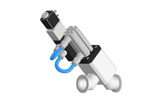
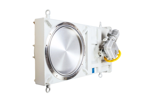
ZVPlE-500 Flat Electric Vacuum Shutter
The ZVPlE-500 shutter consists of a housing with connecting flanges, a shutter mechanism, a lip seal to ensure the tightness of the drive element, cover, and electric drive. The shutter mechanism consists of a carriage, an upper and lower flap, which are pulled together by springs and balls. The carriage moves along the housing guides on bearings.
The ZVPlE-500 shutter is opened and closed both by electric drive and manually using a flywheel. To switch to manual control mode, there is a switching device on the electric drive. The manual drive is used to adjust and regulate the shutter. ZVPlE-500 valves are manufactured in climatic versions UHL (i.e. for moderate and cold climate) and O (i.e. general) 4 according to GOST standard 15150-69.
Vakuummash
Kazan
Produced in: Kazan
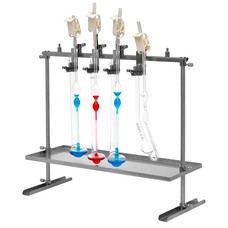
VIS-T-Sh6 tripod
The pallet, which is moved along the height, collects drops of coolant.
The collapsible design provides compact storage and quick assembly as needed.
Overall dimensions 500x200x405 mm
Weight 2.05 kg
Termeks
Tomsk
Produced in: Tomsk
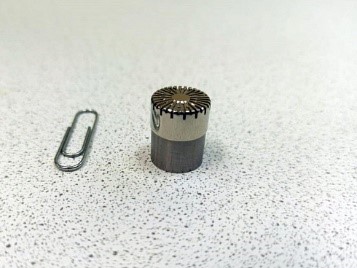
Microphone condenser capsule MK-265
It is designed to measure sound pressure in the air and is used in noise measuring equipment as a measuring transducer of infrasound, sound and ultrasonic pressure.
VIBROPRIBOR
Yaroslavl
Produced in: Yaroslavl
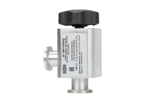
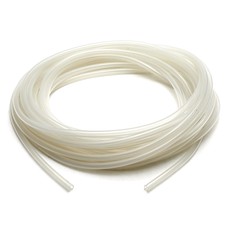
Silicone hose 18x3
Silicone hose with an internal diameter of 18 mm is used to connect the CRYO-VT-07 thermostat or A600 circulation cooler to external consumers.
Termeks
Tomsk
Produced in: Tomsk
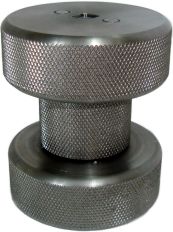
Mini press for producing thin layers of substance on steel mirror plates
It is intended for sample preparation when examining samples using an IR microscope and mirror reflection prefixes.
Allows you to shape a thin layer (up to several microns) to various objects: polymer fragments, microparticles of LCP, powdery substances, fibers, etc.
The resulting thin layers on mirror plates made of alloy steel are investigated by the double transmission method – when the radiation that has passed through the layer of matter is reflected from the surface of the plate and passes through the substance again.
The spectra recorded by this method are completely identical to the transmission spectra obtained, for example, after pressing substances with KBr.
The advantages in this case are:
- speed of sample preparation
- there is no need to use hydraulic and manual presses and molds, grinding mortars, etc.
- no need to use high-purity KBr or petroleum jelly oil
- the sample is not lost and, if necessary, can be examined by other methods
- when using an IR microscope, it is possible to “scan” the resulting thin layer to select the most informative area, and also, if the layer is heterogeneous in composition, to obtain the spectral characteristics of its components.
SIMEKS
Novosibirsk
Produced in: Novosibirsk
